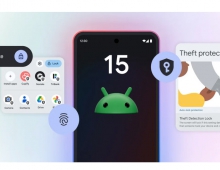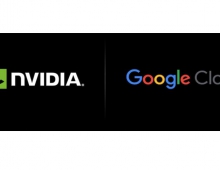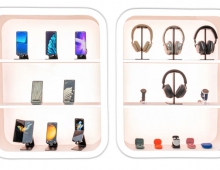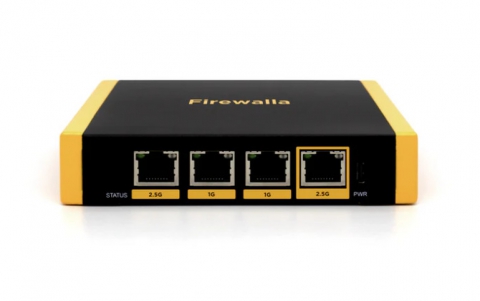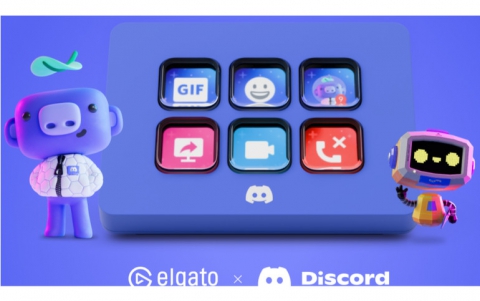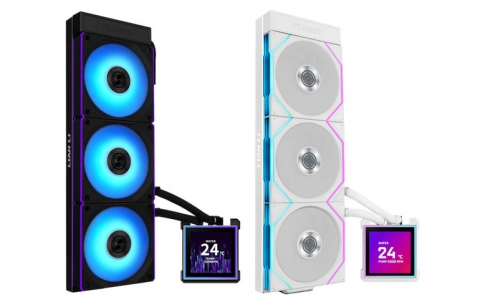
Google Uses Artificial Intelligence To Compress Images
Google is using artificial intelligence to compress images better than JPEG, and plans to take on WebP with a new neural network approach. In a paper describing the Google team's work published last week, the researchers present a set of full-resolution lossy image compression methods based on neural networks.
They descibe architectures that can provide variable compression rates during deployment without requiring retraining of the network: each network need only be trained once. All of the architectures consist of a recurrent neural network (RNN)-based encoder and decoder, a binarizer, and a neural network for entropy coding.
The researchers compare RNN types (LSTM, associative LSTM) and introduce a new hybrid of GRU and ResNet. They also study "one-shot" versus additive reconstruction architectures and introduce a new scaled-additive framework.
Google began by taking a random sample of 6 million 1280x720 images on the web. It then broke those down into nonoverlapping 32×32 tiles and zeroed in on 100 of those with the worst compression ratios. The goal there, essentially, was to focus on improving performance on the "hardest-to-compress" data, because it's bound to be easier to succeed on the rest.
The researchers then used the TensorFlow machine-learning system Google open-sourced last year to train a set of experimental neural network architectures. They used one million steps to train them and then collected a series of technical metrics to find which training models produced the best-compressed results.
In the end, their models outperformed JPEG at image compression across most bitrates on the rate-distortion curve on the Kodak dataset images, with and without the aid of entropy coding.
The next challenge, the researchers said, will be to beat compression methods derived from video compression codecs on large images, becuase "they employ tricks such as reusing patches that were already decoded." WebP, which was derived from the VP8 video codec, is an example of such a method.
The researchers noted, however, that it's not always easy to define a winner when it comes to compression performance, because technical metrics don't always agree with human perception.


